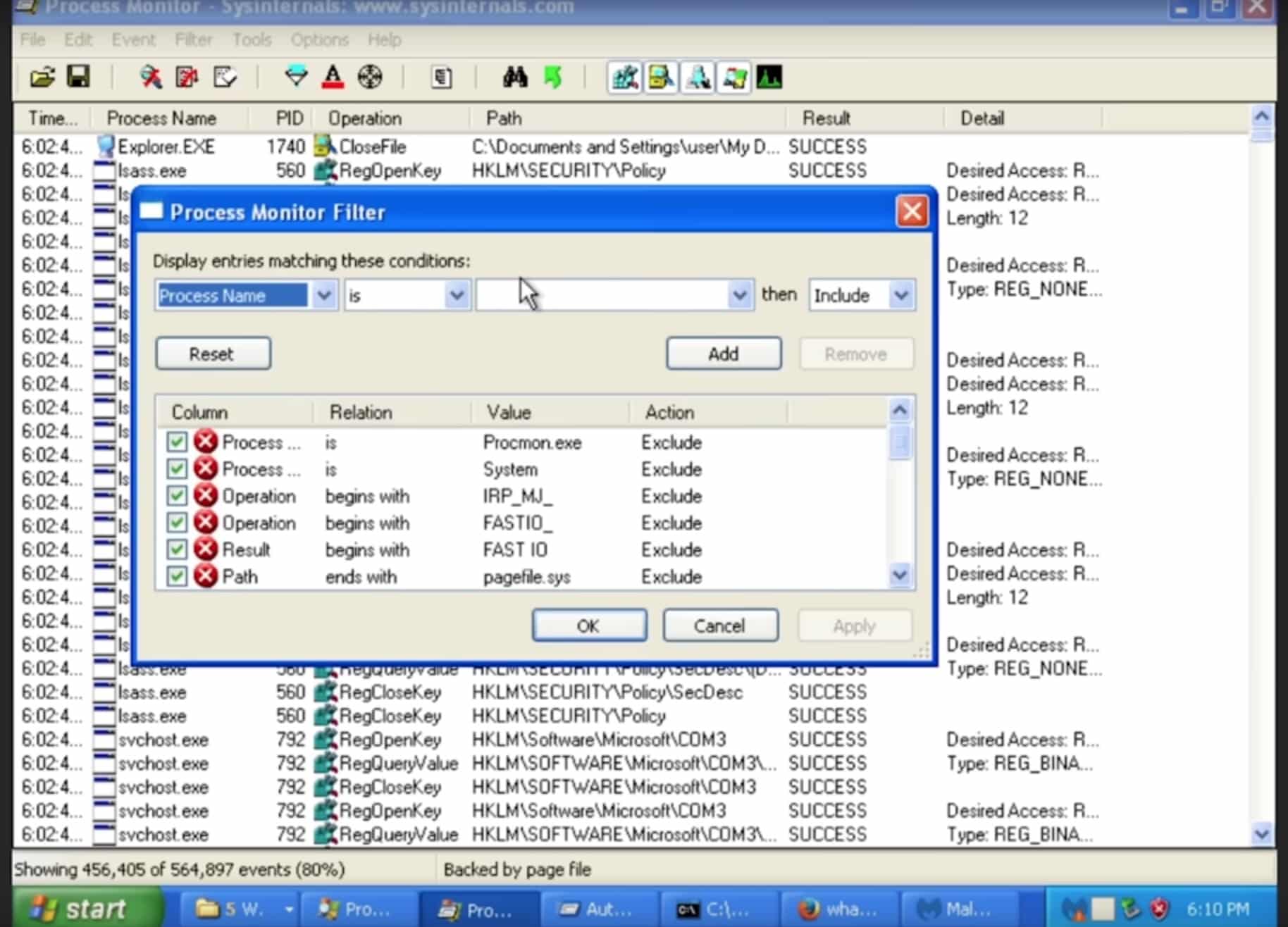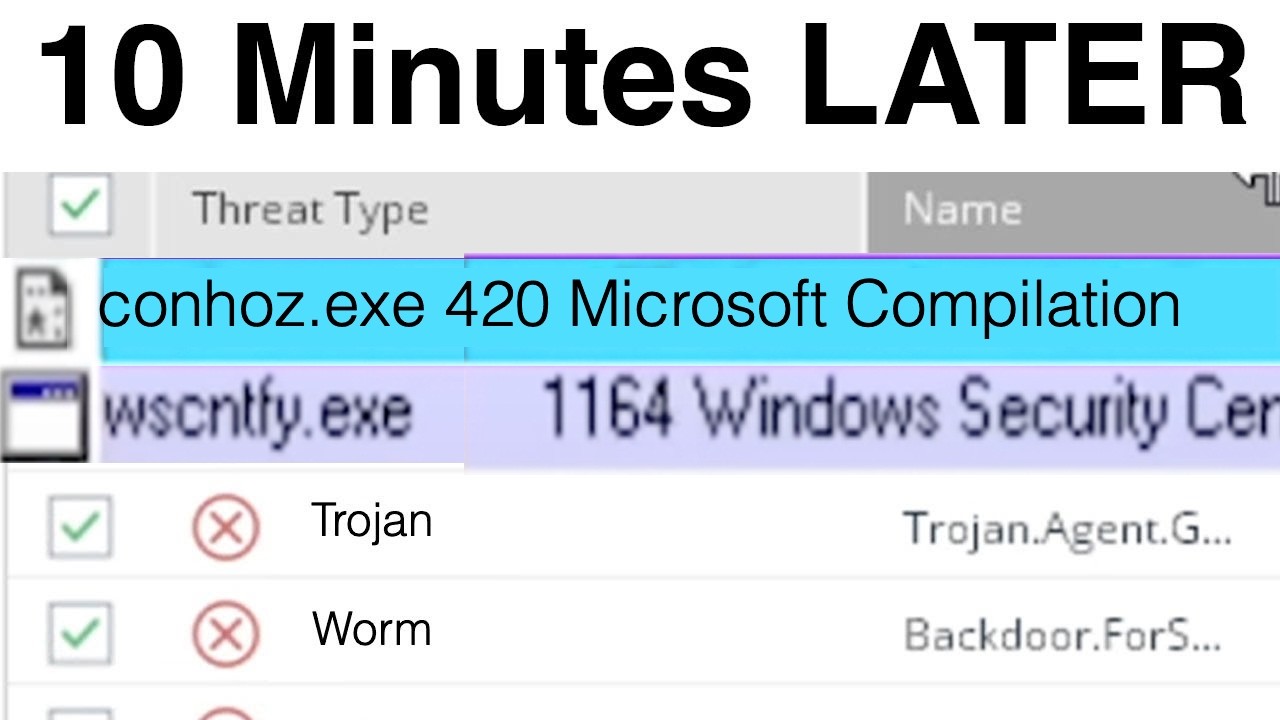A teaching experiment reveals how unprotected legacy systems can be attacked within minutes.
Despite being one of the world’s most widely used operating systems over two decades ago, Windows XP is now, literally, a sieve for malware. This was demonstrated by tech expert Eric Parker, who decided to conduct a risky yet enlightening experiment: connecting a Windows XP machine without any protection to the Internet to see what would happen.
The result was as immediate as it was alarming. In just 10 minutes, the system was completely compromised by a flood of viruses, Trojans, and unauthorized access. The aim of the experiment was to visually demonstrate the severe danger of continuing to use outdated software in a connected world.
A machine from the past on the network of the present
Parker used a virtual machine running Windows XP Service Pack 3, the last stable version of this operating system released by Microsoft. But instead of protecting it, he did the opposite: he disabled the firewall, assigned a public IP address, and removed any intermediate layers of protection, such as network address translation (NAT), which is common in modern home routers.
What happened next was almost instantaneous: the system began receiving automatic attacks of all kinds. Through one of the most well-known vulnerabilities — EternalBlue, used back in the day by the WannaCry ransomware — the machine was invaded by malicious processes that modified the system, installed backdoors, activated unauthorized FTP servers, and created new users for attackers to re-enter later.
A lesson in cybersecurity
“The intention was educational, not sensationalist,” Parker explained. “I wanted to show how quickly a system—which is still used in some environments—can fall, even though it is completely outdated.”
Indeed, although Windows XP stopped receiving official support in 2014, it is still installed on certain industrial control devices, point-of-sale systems, educational centers, or even old personal computers. Often this is simply due to inertia or a lack of resources to update hardware.
But Parker’s experiment makes it clear that there is no valid excuse to continue connecting XP to the Internet. Even if one does not browse, the mere act of being exposed online makes these machines easy prey for cybercriminals.
Contrast with more recent systems
To check if the outcome was comparable in more modern versions, the expert repeated the experiment with Windows 7. Under the same conditions (no firewall, no NAT, public IP), the system lasted over 10 hours without showing clear signs of infection. This difference highlights the advances in security that Microsoft introduced in later versions of its operating system, such as improvements in permission management, process isolation, and automatic updates.
However, even in this case, without proper protection, no system is completely immune. A direct connection to the Internet, without barriers, is an open invitation to attack.
What can we learn?
This experiment is more than just a curiosity. It’s a wake-up call. Every day, millions of unpatched devices or those running outdated software continue operating, many of them within corporate or institutional networks. A single compromised machine can serve as an entry point to infect an entire organization.
Cybercriminals use automated tools—like Nmap—that scan the network for vulnerable targets. A single misconfiguration or a forgotten device is enough to open the door to a massive attack.
Alternatives: update or isolate
If you still use a Windows XP machine out of necessity, it is advisable never to connect it to the Internet, neither wired nor wirelessly. And if accessing the network is essential, ensure that the device is behind a router with NAT and firewall, and that it has no open ports or unnecessary services activated.
Of course, the best option is to upgrade to supported systems or consider lightweight Linux-based alternatives, especially if it’s old hardware that cannot run Windows 11. There are specific distributions designed to revive old computers and keep them secure.
Conclusion: the time of XP has passed
Windows XP was a great system in its time, but its time has ended. Today it represents a real risk, not only to those who use it but to everyone. A vulnerable machine on the network is an open door to cybercrime.
Thanks to experiments like Parker’s, we tangibly understand what is often perceived as an abstract threat: that on the Internet, security is not optional, and maintaining updated systems is an essential way to protect ourselves—and others—in the digital age.
via: Security News


